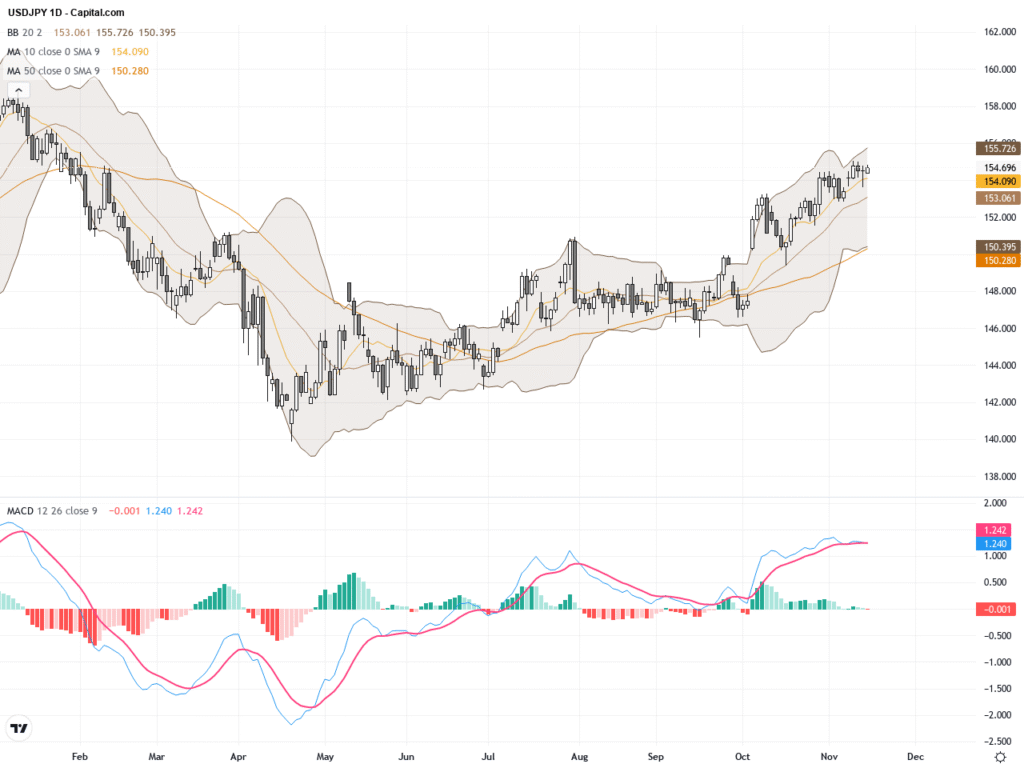 |
| Gold V.1.3.1 signal Telegram Channel (English) |

Gold’s Volatility in 2025: Is the $4,000 Level a Floor or a Ceiling?
2025-10-31 @ 21:00
Gold has entered a period of heightened volatility in late 2025, with its price recently struggling to find consistent support above the $4,000 per ounce level. This drastic shift in gold’s market behavior has prompted both anxiety and anticipation among investors, as forecasts now diverge significantly on what comes next for the precious metal.
After hitting record highs of around $4,381 in mid-October, gold experienced a sharp pullback, tumbling by over 10% within a week and briefly falling below $4,000. This dramatic correction represented the largest single-week percentage drop since 2020. The sell-off has largely been attributed to a “blow-off top,” indicating a rapid, speculative price run-up followed by an equally sharp reversal. This pattern often signals a change in market sentiment, with many traders taking profits and risk aversion rising.
Despite the recent correction, long-term sentiment on gold remains mixed, with major financial institutions and market analysts offering a wide range of predictions for the end of 2025 and beyond. Some see the current downturn as a temporary pause in a longer-term uptrend, while others warn it could mark the start of a deeper correction.
Several leading banks and research firms have updated their forecasts in light of recent events. UBS, for example, has revised its year-end gold target to $3,500, and Goldman Sachs now expects prices to settle around $3,700 by the end of 2025. Citigroup projects gold may reach $3,000, while JP Morgan and ANZ Research suggest prices could push above $2,500. HSBC’s forecast is notably more cautious, estimating gold could fall back toward $2,075—signaling the potential for significant volatility and divergence in analyst expectations.
These forecasts reflect differing views on global monetary policy and the macroeconomic drivers influencing gold’s price. The key factor behind recent strength—and continued optimism among bulls—has been expectations for interest rate cuts by major central banks. When rates are high, gold tends to underperform because it yields no income, and investors favor interest-bearing assets. Conversely, falling rates reduce the opportunity cost of holding gold, boosting its appeal as a hedge against currency debasement and inflation.
There is also debate about whether the recent correction has created a buying opportunity. Some analysts view gold’s drop below the $4,000 threshold as an overreaction—driven by technical selling rather than a shift in fundamentals. They believe that robust central bank buying, persistent geopolitical risks, and the prospect of easier monetary policy will support gold prices through the end of the year and into 2026. JP Morgan, for instance, expects a “powerful rebound” once markets stabilize and rate cut expectations return to the forefront.
Other analysts are more cautious, suggesting the risk of further declines as speculative excess is unwound and investors reassess gold’s value in the current economic environment. Technical indicators have turned neutral to slightly bearish, with the 50-day and 200-day simple moving averages indicating consolidation rather than strong momentum in either direction. Short-term traders are watching closely to see if gold can reclaim—and hold—the $4,000 level, which is now seen as a key psychological and technical barrier.
Looking slightly further ahead, some forecasts are decidedly bullish. For example, Bank of America has projected that gold prices could surge to as high as $5,000 per ounce by 2026, citing structural factors such as underallocation in global portfolios and persistent macroeconomic uncertainty. This optimistic scenario would require both sustained investor interest and a supportive macro backdrop, such as further declines in the US dollar, ongoing geopolitical risks, and a prolonged cycle of interest rate cuts.
In summary, gold’s outlook as 2025 draws to a close is unusually uncertain. Recent price action has highlighted both the market’s susceptibility to rapid corrections and its long-term potential as a safe-haven asset in times of instability. Investors face a choice between viewing the pullback as a buying opportunity or heeding signals that a longer-term correction may be underway. Much will depend on the path of monetary policy, inflation, and global economic growth in the months ahead.
As always, gold’s unique status as a non-yielding, tangible asset means that its value is shaped by a complex interplay of financial, psychological, and geopolitical factors. For investors, navigating this environment will require a close watch on both fundamental and technical signals, as well as the flexibility to adapt as new information comes to light.








